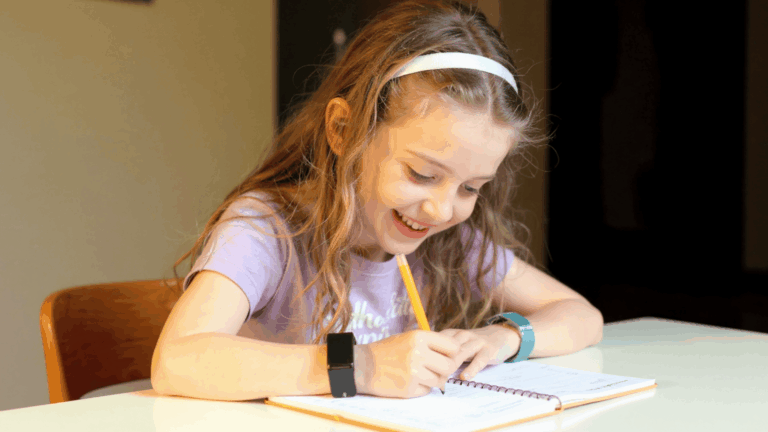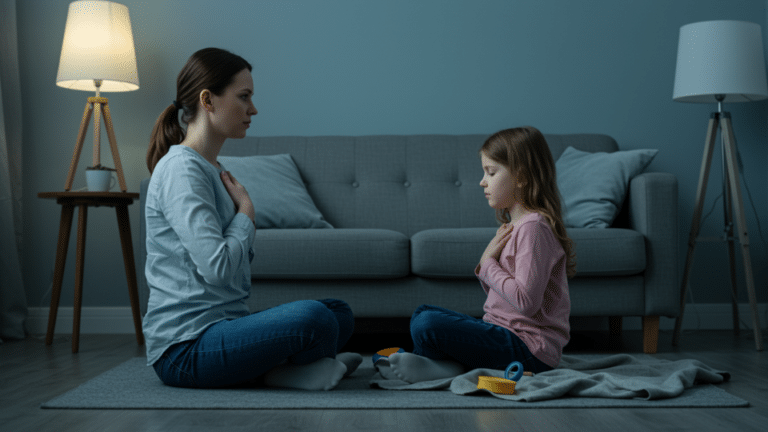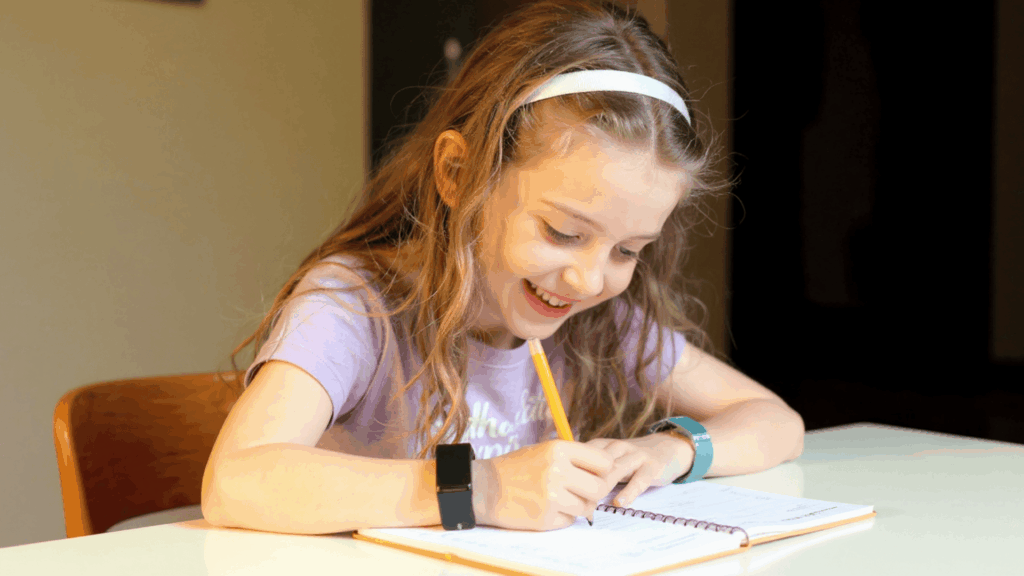In an era where screens dominate daily life, protecting kids online has become an essential duty for parents. The internet is a treasure trove of knowledge, entertainment, and connections, but it’s also a potential minefield of risks. Navigating this digital landscape requires vigilance, tools, and, perhaps most importantly, conversations. Parents, are you ready to safeguard your child’s online world?

The Growing Challenge of Online Safety
Children today spend significant portions of their day online. A 2023 study by Common Sense Media revealed that kids aged 8-12 spend an average of 5 hours and 33 minutes daily on screens, while teens log over 8 hours. These numbers highlight the ubiquity of the internet in young lives—and with that, the exposure to its dangers. Cyberbullying, identity theft, inappropriate content, and online predators lurk just beneath the surface.
Interestingly, 60% of parents admit they don’t fully understand the digital platforms their kids use. The gap between digital natives (kids) and digital immigrants (parents) makes monitoring difficult. Yet, closing this gap is the first step in keeping kids safe.
Start with Conversations
Before installing a single app or setting up a filter, talk to your child. Open dialogue is your most powerful tool. Discuss why certain online behaviors can be risky—sharing personal information, talking to strangers, or clicking on unknown links.
Ask questions:
- “Have you ever seen anything online that made you uncomfortable?”
- “What would you do if someone asked for your personal details?”
The key is fostering trust. If children feel they can come to you with concerns, they’re less likely to hide their online activities when things go wrong.
Set Boundaries, Not Barriers
Rules aren’t just about saying “no.” They’re about guiding kids toward smart choices. Set limits on screen time. According to the American Academy of Pediatrics, children aged 6 and older should have consistent limits on media consumption, ensuring it doesn’t interfere with sleep, physical activity, or other behaviors.
Here’s where creativity comes in:
- Create a “tech-free zone” at home, like the dinner table.
- Introduce a “sunset rule”—no screens after a specific hour.
- Suggest using Incognito mode for security. In any case, incognito privacy is much higher than in normal mode. In combination with VeePN VPN, the child will be protected from most cyber threats.
- Use contracts or agreements that outline acceptable behavior online.
Remember, boundaries aren’t meant to suffocate but to guide.
Tech-Savvy Parenting Tools
Technology isn’t the enemy—it’s your ally when wielded wisely. Numerous tools are available to help parents monitor and protect their children’s digital lives.
- Parental Control Apps: Tools like Qustodio, Bark, and Net Nanny allow parents to track usage, block harmful websites, and set screen time limits.
- Safe Search Settings: Activate Google SafeSearch or use kid-friendly browsers like Kiddle for younger users.
- Hide apps: The feature to hide apps on Android devices can be a great medium for parents to restrict their kids from using certain apps.
- Content Filters: Many streaming platforms (Netflix and YouTube) have parental controls to filter age-appropriate content.
By leveraging these tools, parents can ensure kids explore the internet in a controlled and safe manner.
Teach Cybersecurity Basics
Even young kids can learn the importance of cybersecurity. Equip them with simple habits that reduce risks:
- Use strong passwords (and never share them).
- Avoid clicking on pop-ups or suspicious links.
- Recognize phishing attempts—emails or messages that sound too good to be true usually are.
For older kids, consider introducing the concept of digital footprints. Show them how every comment, post, or like contributes to their online identity, which can impact future opportunities.

Addressing Social Media Pressures
Social media is a double-edged sword for kids. It connects them with peers but also exposes them to unrealistic expectations and cyberbullying. Thirty-seven percent of teens report experiencing cyberbullying, according to the Pew Research Center.
Help kids navigate social media safely:
- Privacy Settings First: Make sure their profiles are private.
- Know Their Networks: Encourage them to only connect with people they know in real life.
- Monitor, But Don’t Hover: Follow their accounts, but avoid micromanaging every post or interaction.
Teaching kids to think critically about the content they see online can help mitigate the negative impact of comparison culture.
Spotting Warning Signs
Sometimes, despite all precautions, children encounter harmful situations online. Look for red flags:
- A sudden change in behavior, like withdrawal or anxiety.
- Obsessive secrecy about their online activity.
- Receiving gifts or messages from unknown people.
When in doubt, trust your instincts and act promptly. Early intervention can prevent long-term harm.
Empowerment Over Fear
Ultimately, keeping kids safe online isn’t about scaring them into compliance. It’s about empowering them to make good decisions when faced with challenges. According to a 2022 survey by Norton, 75% of kids feel confident they can manage online risks when given proper guidance.
The goal is to prepare them for an interconnected world, not shield them entirely. Teach resilience alongside safety. Equip them with the tools to navigate tricky situations independently.
A Shared Responsibility
While parents play a leading role, keeping kids safe online is a shared effort. Schools can implement digital literacy programs, teaching students to identify fake news and harmful content. Tech companies, too, have a responsibility to design platforms that prioritize user safety.
And finally, kids themselves must learn to protect one another. Encourage them to speak up when they see a friend engaging in risky behavior online.
Final Thought
Online safety for kids is a moving target, evolving as technology advances. But with proactive steps—open communication, thoughtful boundaries, tech tools, and digital literacy—parents can create a safer digital environment for their children.
The internet, after all, isn’t inherently good or bad. It’s what we make of it. For parents, it’s about turning this vast, untamed frontier into a place where kids can thrive without fear.


















